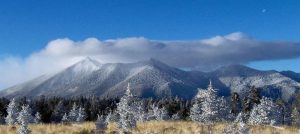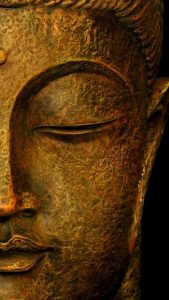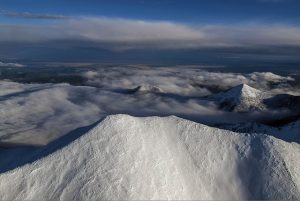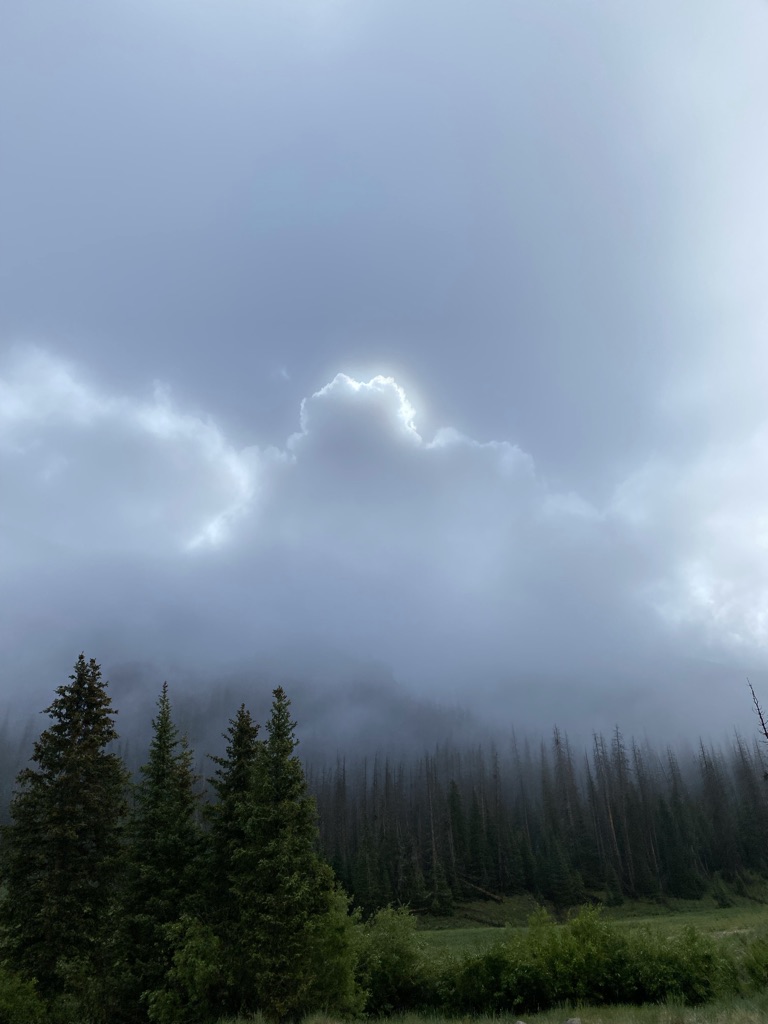This is an article that I wrote for the Mountain Hermitage that you may find of interest. Here it is:

Driving west from Winslow, I see mountains in the distance, lightly covered with snow. This landscape provides the context for my life here in Arizona and offers my heart a reminder of the vast and beautiful freedom possible on the Buddhist path. Nuva’tukya’ovi in Hopi and Dook’o’oosłííd in Diné are just two native names for these mountains, which are held sacred by thirteen different native tribes. Each tribe has its own history and stories of them, interwoven into their cultures and languages. More recent histories and narratives of these peaks also include names given by nonnative settlers, and these remind me how far we still have to go to truly taste that vast freedom.
While English translations of native names for the peaks include the summit which never melts, abalone shell mountain, and place of snow on the very top, the English name for the most prominent is “Agassiz,” after Louis Agassiz, a nineteenth-century zoologist and geologist. Agassiz was a naturalist who made significant contributions to our understanding of living systems. Unfortunately, his extreme racial bias and pseudo-experiments in genetics promoted a violent, extremely harmful, and lingering narrative of African-Americans as a degenerate, polygenic race. The naming after him of an Arizona mountain—and the ways the name is still accepted and used in nonnative culture—echoes a past fraught with racism and colonization, whose impacts are still causing massive harm.

These echoes surround me, not only in the political discourse of this country, but in the institutions and societal systems within which I find myself. And they echo even closer, residing within my own heart and mind. This mind of mine has been shaped by its society and culture. This mind’s thoughts and perceptions often unknowingly see the world through the clouded lens of racism and colonization.

How do we skillfully navigate echoes of racism and colonization that reverberate within our hearts and minds? The Buddha describes an activity of the mind that shapes the unfolding of moment-to-moment experience. This activity, called sankhara in Pali, refers to the action of constructing and fabricating or to that which is constructed or fabricated. Sankaras usually reflect our ignorance of the societal patterns shaping our actions, thoughts, and perceptions.
We could say that the historical momentum of societal racism and colonization is a sankhara that shapes our thoughts and actions here and now. For example, let’s say that I see a human body, which my mind perceives as being old or young, large or thin, and with brown, black, or white skin. Societal sankharas, based on ignorance, can then give rise to thoughts about these humans as appealing and worth noticing, or it can render them invisible and thus unimportant.
Skillfully working with this dynamic by noticing it with mindfulness and clear comprehension can be understood as a two-fold process. We first develop the skill to recognize these sankharas as they arise and to view them, with the light of mindfulness, as just conditioned fabrications. Then we set an intention to notice the liking or not liking, seeing or not-seeing as they arise, without guilt or critical self-judgement for having such thoughts or propensities. This practice can begin to bring societal sankharas into awareness and dispel our tendencies to act on them.

As one of William Faulkner’s characters famously says, in his novel Requiem for a Nun, “The past is never dead. It’s not even past.” Mindfulness meditation is not a way to forget or deny the past, but rather a practice for skillfully navigating the echoes of racism and colonization that are still alive and active in this present moment. Understanding these conditioned propensities for what they are offers a possibility for the heart to truly touch and connect with the person right in front of us. This is the way to the vast and beautiful freedom that is embodied by the landscape of Nuva’tukya’ovi.

